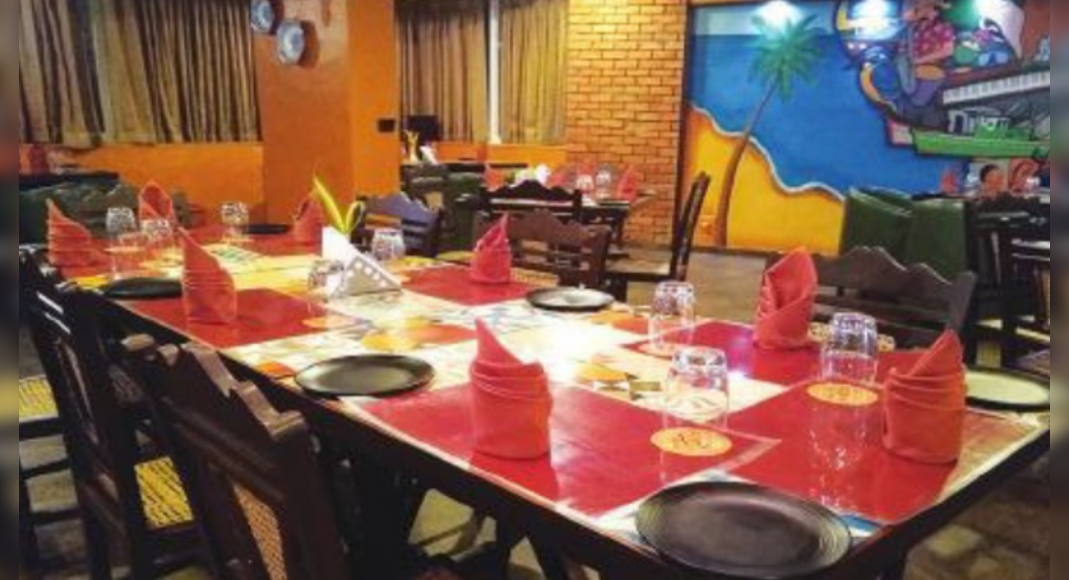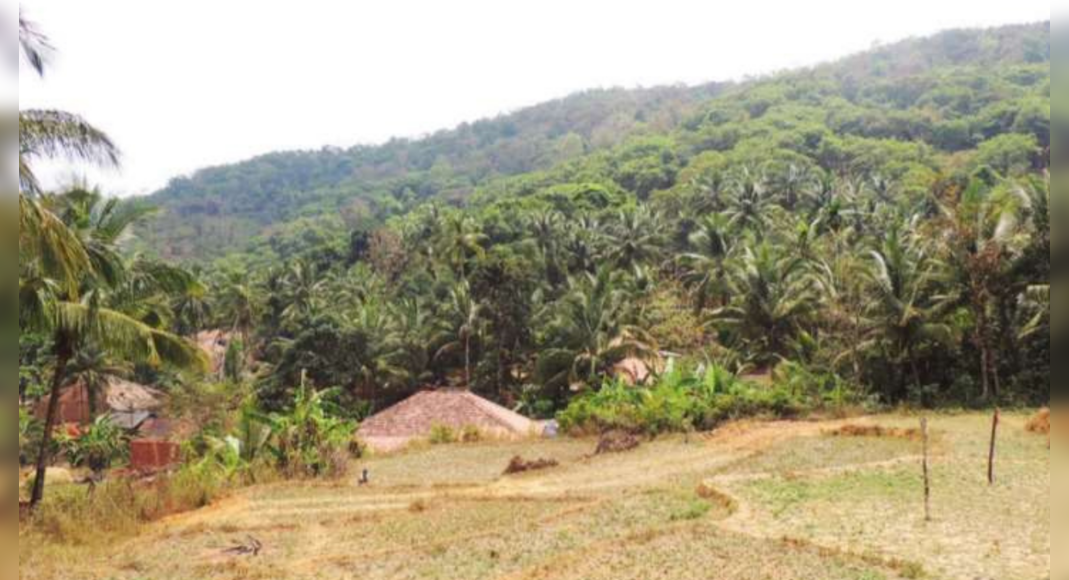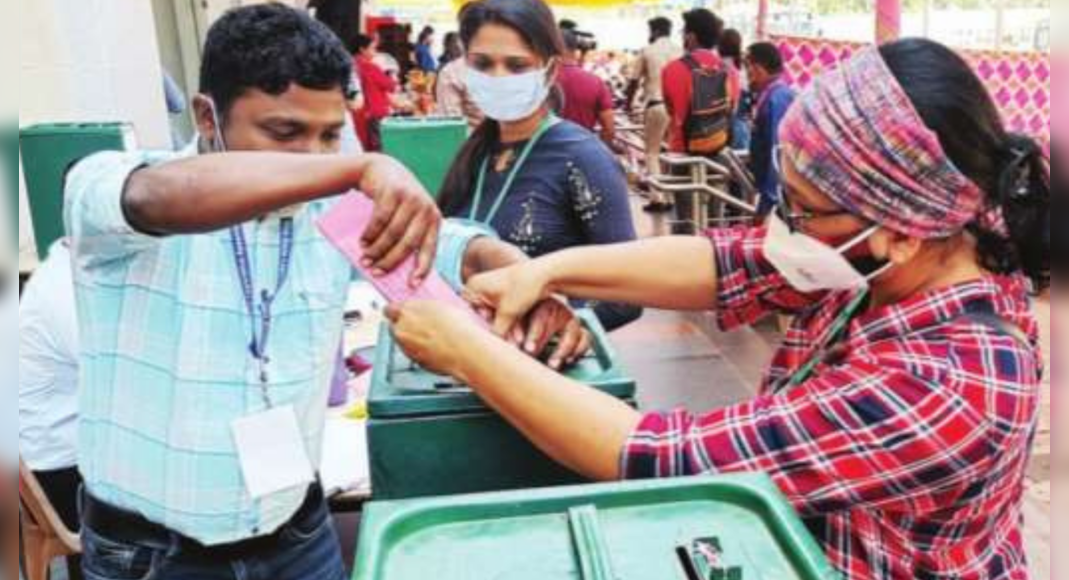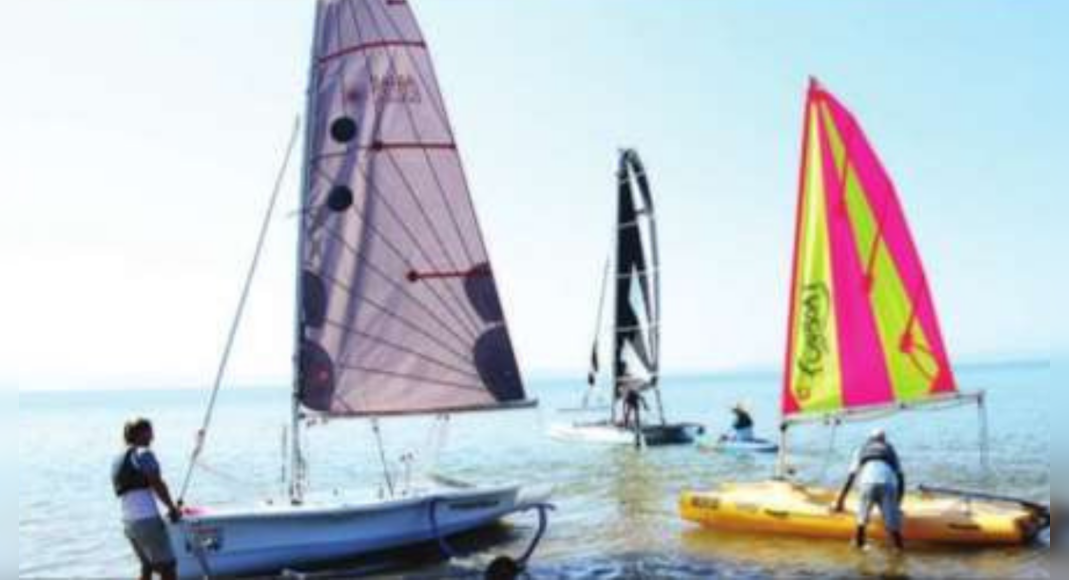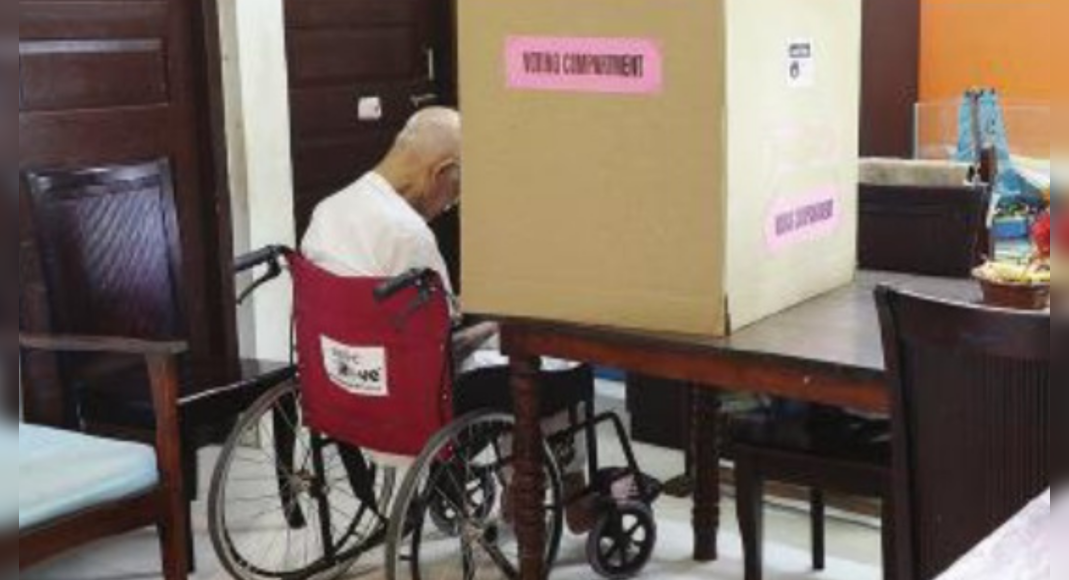MARGAO: Pictures of Covid vaccinators reaching the remotest of villages in India may be worth a thousand forwards, but Bhomo Gaonkar hasn’t seen a doctor in all his 94 years.
As he fights sepsis from a wound right above his left ankle with a “herbal paste” that his octogenarian wife has prepared, there is an air of resignation about him.
“There is no way I can go to a doctor.
I can’t walk even two steps, and no vehicle can come to our village,” Gaonkar told TOI.
Machan erected for online studiesHis tale of suffering echoes through the tribal hamlet of Karla, inhabited by 100 people living in 20 hutments in the inner recesses of the Netravali range of forests of Sanguem taluka, nearly 30km from Margao.
As Goa celebrates 60 years of liberation from Portuguese rule, Gaonkar and his village still rely on traditional herbal medicine found abundantly in the forests.
The nearest hospital is the primary health centre at Quepem or Curchorem, nearly 25km away.
To reach the nearest motorable road is a 4km walk through a narrow, steep and winding dirt road filled with huge craters to Cajur.
“There is nothing we can do in times of medical emergency as no ambulance can travel up this road.
Imagine the plight of a woman during pregnancy,” said Gaonkar’s neighbhour.
The 4-km-long dirt road to Karla passes through a dense forest.
Risks increase during the monsoon.The nearest primary school for students is at Cajur, and the nearest high school at Maina.
Around 10 high school students from Karla take an alternative route to get to their school—a pathway through the dense forests that takes them over 40 minutes to go down the hill and an hour-and-a-half to trudge up to their village.
“It has always been this way for us,” said Bharati Gaonkar, an undergraduate student.
‘Road, water and power supply is all that we need for us to make our lives less difficult’It’s scary, particularly when one has to walk alone all the way through the forest path,” said Bharati, who studies at Government College of Arts, Commerce and Science, Quepem.
‘‘Wild animals, especially bison, have crossed my path several times.
Leopards are also commonly sighted.
But then there’s hardly a choice for the school students.
The forest path takes one up to Pirla from where they get a bus to Maina, another 4-5 km away,” she said.
It gets riskier during monsoon as the pathway invariably gets flooded and the rocks slippery.
Students have to walk through dense forests to reach the nearest bus stop and have encountered wild animals on the way.Beforeschools shut last year owing to the pandemic, children had to leave home well before 7am if they were to reach in time for their classes.
By the time they returned home after school, it would be well past 3pm.
And on occasions where there would be special classes after school, they would reach home by dusk, “a very risky situation as it gets dark in the dense woods well before sunset”, village elders told TOI.
For higher secondary and college education, as well as for locals travelling for their weekly shopping, they walk along the 4km dirt road to Cajur from where they get college buses or public transport to Tilamol (20km) or Curchorem (25km).
But amid the gloom, there is a sliver of hope.
The young generation has battled hardship to attend schools and graduate from colleges, aware that education is the only way out of their misery.
“Road, water and power supply is all that we need for us to make our lives less difficult,” said Sanket Gaonkar, who has completed his post-graduation in physical education and is currently looking for a job.
“I could complete my postgraduation by staying at a relative’s place.
I would come home only on Sundays.” Internet connectivity is another problem that students have to grapple with.
A couple of machans have been erected by villagers at spots where a mobile network is available to enable students to attend online classes.
Power outages, which are frequent, last hours, making studying during the night nearly impossible.
A distant well is the only source of drinking water for the village and water is pumped out and taken through pipelines to a community tap.
The principal occupation of the villagers is cashew cultivation.
Selling cashew feni to distilleries and cashew seeds to procurement agencies is the primary source of livelihood of these tribals.
Some also work in paddy fields at Cajur or nearby villages to supplement their meagre income.
Recently, tribal welfare minister Govind Gaude, accompanied by local MLA Prasad Gaonkar, paid a visit to this village to understand their woes and assured them to undertake infrastructure works under the tribal sub-plan.
“We have heard plenty of such assurances in the past.
We know this is election time, and they will give the same assurances again.
Had they made this road as they had earlier assured, I wouldn’t have had to suffer like this.
I am now only waiting for the road to Vaikunth (meaning death, figuratively),” Gaonkar said.


